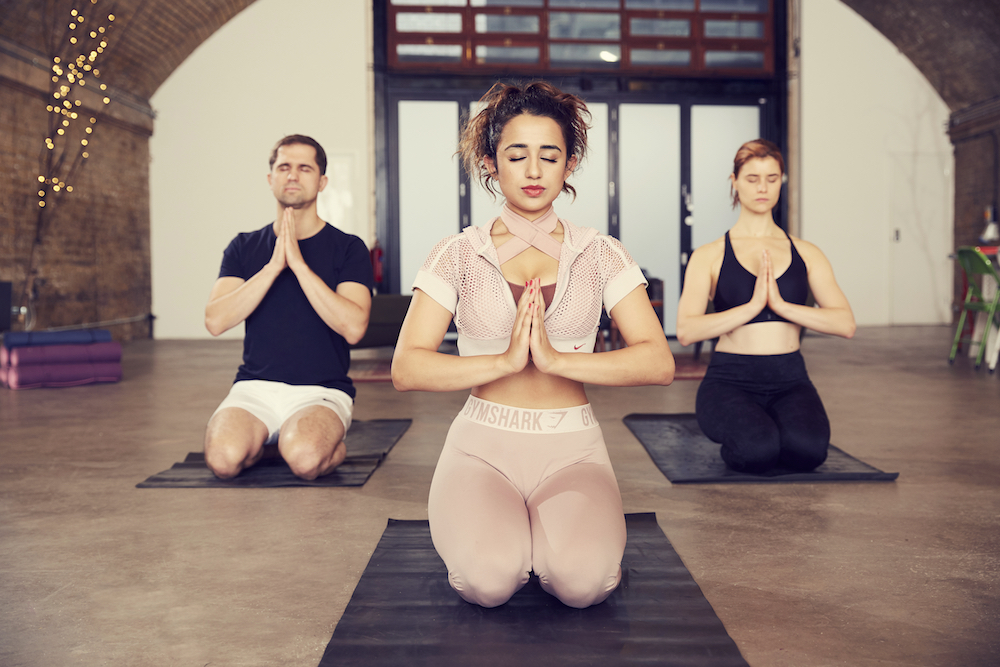Yoga in its modern context is vastly different from its original form, which dates back 5,000 years.
Despite this, it still works. In fact, it works better than anything else we have as a means to bringing the body and thought energy under control.
That the Yoga system has sustained so much change to remain our most powerful tool for living warrants some thought… why?
Unintended benefits
Yoga is a practical philosophy. You can ‘do’ Yoga (by practicing the physical postures, for instance) which means you can actually implement a superior knowledge system, pretty much instantly.
This is distinguished from traditional philosophy which can be understood but not necessarily practiced or experienced.
And this is why asana practice (doing the physical postures) is the modern gateway to experiencing Yoga (because technically, Yoga is something you experience and not something you ‘do’ – specifically, it’s the experience of transcending human consciousness).
Yogaś citta vṛtti nirodhaḥ – The restraint of the modifications of the mind-stuff is Yoga
And any good teacher will make a point of this. The physical practice is only one-eighth of a wider system through which to access the experience of Yoga (meditation is another part, for example).
The key here is that why anyone starts practicing bears no consequence for the benefits they receive; you don’t have to believe it to start benefitting from it. If you start going to a Yoga class because you fancy a stretch or want to tone up, as most people do, you still end up accessing its more valuable facets.
And this precisely explains Yoga’s proliferation in modern society: its access point appeals to our superficial motives which in turn open us up to all that Yoga has to give.
Yoga works because what it offers in the beginning is enough to keep us going back. And the more we practice, the more benefits we receive (beyond the initial superficial motives) and the more incentivised we are to keep going back.
You can read more of Hannah’s articles on Yoga, philosophy and wellness at hannahmaria.blog. Follow Hannah on Instagram.


